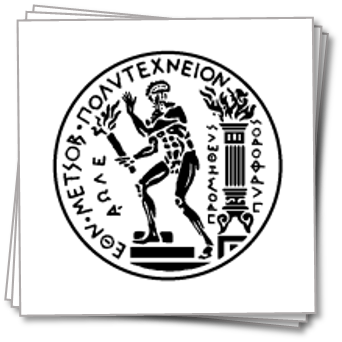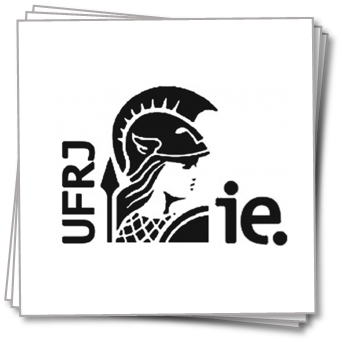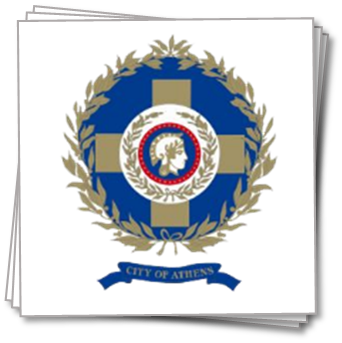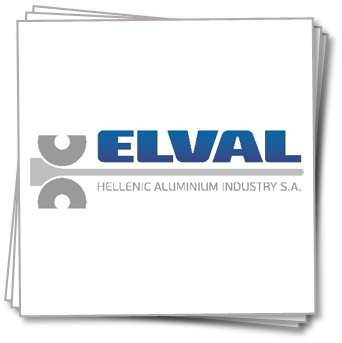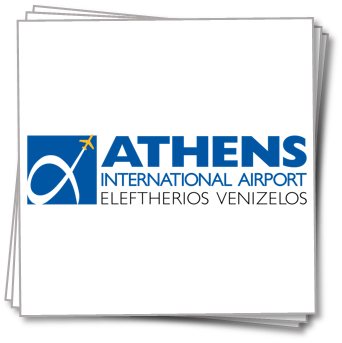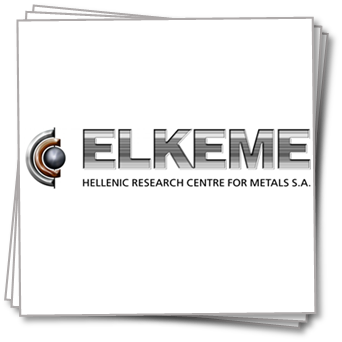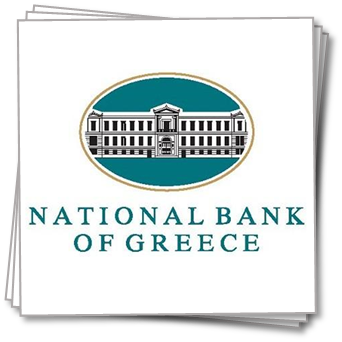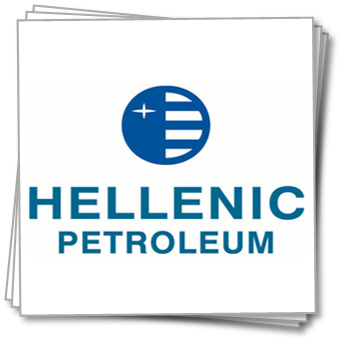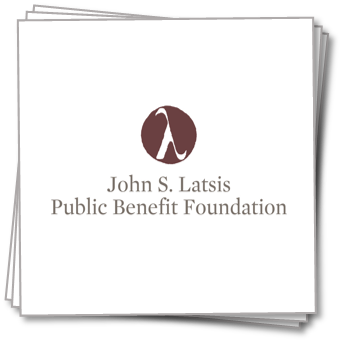A few miles from Athens lies a seaside idyll where great beaches and local charm are still undiscovered by tourists.
Few visitors to Greece realise that less than 10 miles south of the city centre – and still defined as Greater Athens – lies this photogenic stretch of mountains, mineral lakes, seaside resorts and sandy beaches with blue-flag certified clean waters. You won’t find the “Athenian Riviera” on any Google map (yet); it’s more of an idea. The words are local shorthand for the 35 miles of coastal road that connect the seaside retail hub of Glyfada to Cape Sounion and the ruins of the Temple of Poseidon on the Attica peninsula.
Between Glyfada and Cape Sounion is a run of characterful seaside towns, each with its own flavour, feeding directly off the coastline-hugging Poseidonos Avenue: Voula, Kavouri, Vouliagmeni, Varkiza, Agia Marina, Lagonissi, Anavysso, Saronida. At any one of them, you can experience the kind of island magic that many people come to Greece for, without having to set foot on a ferry: from shopping and nightlife in flamboyant Vouliagmeni to unspoiled craggy beaches in down-to-earth Agia Marina.
The drive from Glyfada to Sounion (just over an hour) has a coarse drama and stirring physicality reminiscent of Australia’s Great Ocean Road. To your left, the landscape is by turns bucolic and resort-like. To your right, there’s a constant, hypnotic sweep of Aegean Sea, the nearby Saronic Gulf islands etched coyly against the horizon.
GLYFADA
The upscale district of Glyfada, 16km from Athens, is the most commercial of the Riviera suburbs, thanks to the old airport and a former US military base, which cleared out in the 1990s. Because of its high density of cashed-up expats, pop stars and politicians, Glyfada is sometimes dubbed the Hellenic Hamptons. But its character is also strongly nuanced by the many Greek families who have lived here for generations – in the days when it was an unassuming seaside town (long before the tram line connected it to Syntagma Square and Piraeus in time for the 2004 Olympics).
VOULIAGMENI
Ten minutes down the coast is Vouliagmeni, the Riviera’s crown jewel and probably the best place to base yourself for a longer holiday. With its manicured boulevards, private beaches and nautical clubs, compact Vouliagmeni is easily the most self-aware Riviera postcode. But it’s also a great natural beauty that can be explored on foot.
What to do
Lake Vouliagmeni, almost hidden from view behind Poseidonos Avenue, is a natural treasure that is bewilderingly under-promoted. Open year-round, the lake is a vast sunken limestone cave fed by underground mineral currents, and at a constant 24C. Many locals gripe about the €8 entrance but wading through the brackish grottos, with tiny black fish (kalogries) nudging your toes, you feel like you’re in an exclusive spa town.
VARKIZA
People do swim in the sea in Glyfada. But most Greeks prefer to go further afield where the beaches face south and are more protected from Athens. In the shabby-chic fishing port of Varkiza, 17 miles south-east of Athens, you will find two of the best private beaches: Yabanaki and its neighbour, Varkiza Resort, both easily accessed by the E22 bus. They form a 500-metre sprawl of sandy beach with clean, shallow water. Yabanaki is a family-pleaser with excellent watersports, wide, grassy flanks and a superb taverna, Yalo Yalo
ANAVYSSOS
A rowdy long lunch by the sea is a summer weekend staple for Athenians and Anavyssos, 32 miles from the city, is a popular Sunday destination. The relaxed town is famous for two things: windsurfing and its seafront fish tavernas. You’re in the right place when you spot the waiters endangering their lives by dashing across the street to collect orders from the kitchens.
The kingpin taverna is Akrogiali, where the hospitable Panayotis prides himself on the freshness of his barbouni (red mullet.
CAPE SOUNION
When ancient Athenians sailed home from battle, their first glimpse of civilisation was the Temple of Poseidon at Cape Sounion, erected around 440BC. With the actual temple now roped off, you may not be able to get close enough to read the swooning graffiti of Lord Byron, still visible among the Doric columns. But standing up there on a clear day, you can see the other two points of the Greeks’ “ancient holy triangle”, formed by the Acropolis, 44 miles away, and the Temple of Athena on the island of Aegina. There is a magnificent stillness at Sounion that you don’t experience at the Parthenon.
Most Greeks avoid the temple cafe, scenic though it is, and eat at one of two tavernas on the small crescent of beach below. The upper one, Elias, gets the taxi drivers’ vote. As you sit there at sunset, watching the seagulls wheel against Poseidon’s silhouette, the contrast with Athens could not be greater. (Entrance to the Sounion ruins is €8, students €4.)





